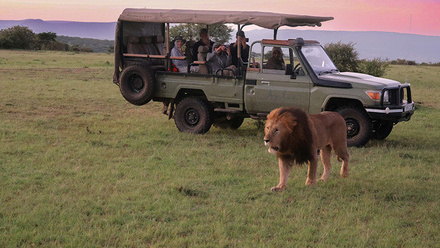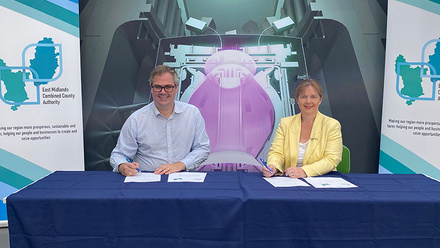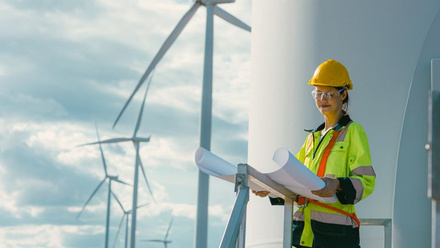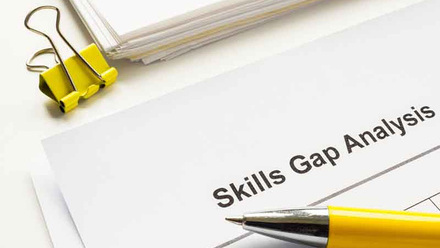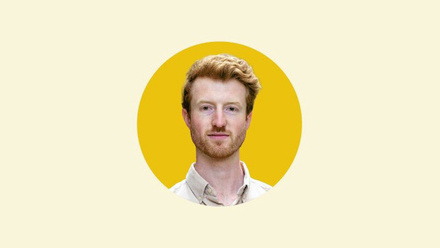Work life in mining
What is it really like to work in the mining industry? Andrea Gaini catches up with three IOM3 members.
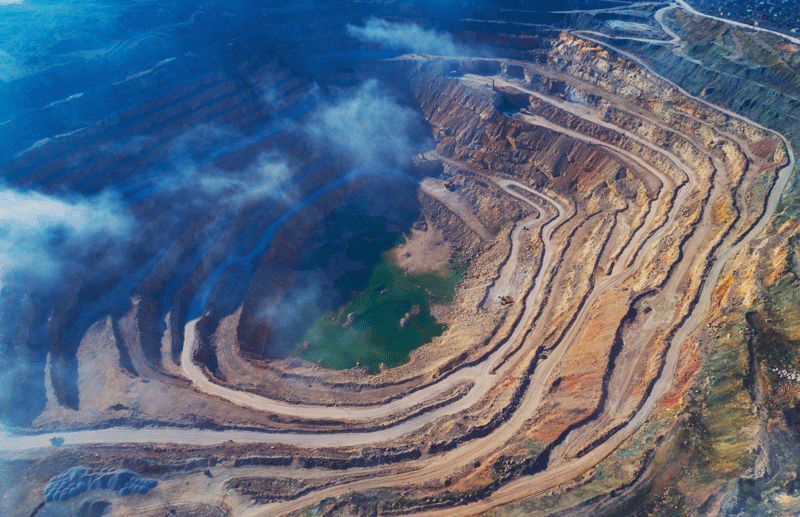
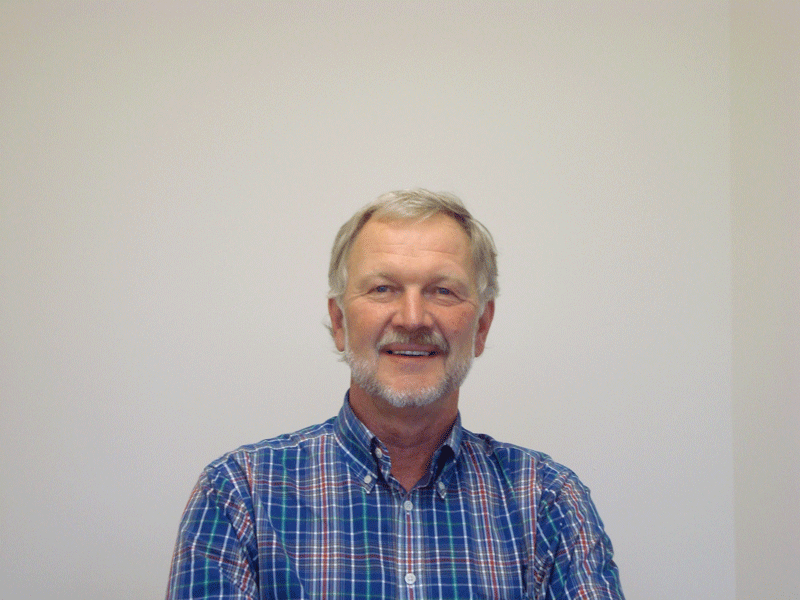
Chris Sangster FIMMM, Non-Executive Director/Consultant, Ariana Resources PLC, Western Tehyan Resources
How would you describe what you do to friends?
I am currently a Non-Executive Director (NED) of one publicly listed junior mining company with joint venture gold production interests in Turkey, as well as a significant potential gold/copper project. I recently became Non-Executive Chair of a fledgling (unlisted as yet) exploration company based in Kosovo, looking to explore regionally in the western section of the Tethyan metallogenic belt. I am also a Director of another potential junior mining start-up looking in Portugal at present.
Up until a few years ago, my roles had been more operational/executive focused and the change from that to NED/consultant has been an interesting transition. Now out of the direct firing line, one’s approach differs somewhat, in that the role is more to assist/contribute/guide/advise the Executive team, rather than ‘do and direct’. Of paramount importance to the NED role is appropriately representing and safeguarding shareholder interests, as is ensuring a suitable company approach to Environmental, Social and Governance (ESG)/Corporate Social Responsibility (CSR) matters.
I also consult in a technical capacity to those companies I am involved with, in areas that they may not have direct operational or relevant technical experience in. I am also an Associate Consultant to a couple of UK based consulting groups and an advisor to the Board of a Canadian listed company which is starting to develop its interests in Scotland.
What are your key responsibilities in your role?
As both NED and Consultant, I can have many hats to wear. I have had a wide exposure to the industry in different commodities, locations and techniques within both multinational and junior companies – mostly with an operations base. Hence, other than perhaps the more traditional roles of an NED mentioned above, I am able to advise and guide on a broad range of technical issues within the industry, which is of significant benefit to some junior companies who do not necessarily have that experience in the industry on their boards.
From a consulting point of view, I am a generalist rather than a specialist, and fit the old saying regarding a mining engineer being ‘a jack of all trades and master of none’, and so my input is, and has been, usually either at a review stage or managing multi-disciplinary early-stage Preliminary Economic Assessment (PEA) or Pre-feasibility Studies (PFS).
How did you get the job?
I have had a diverse career in the industry starting with a pre-university year in the South African gold mines in the mid-70s, which confirmed the mining industry as my choice of career. Post-university, I spent a number of years back in the South African gold mines, which at the time, provided solid training on which to base a future career.
I left South Africa to broaden both my technical and managerial experience with positions in the UK (tin) and then Canada (gold), before returning to the southern African diamond mines in South Africa, Namibia and Botswana, which again provided hugely varying technical and cultural environments. Subsequent to a spell in Head Office for De Beers and also Anglo American in the New Mining Business division, I returned to the UK for a couple of years for my first real foray with a junior mining company whose small gold project in Scotland was to become a significant focus for me later on in my career.
The BreX gold scandal put paid to the financing of that project for a while, and I set off again for a spell on the Zambian Copperbelt. I then joined a well-known firm of Australian-based consultants, back to the diamond industry briefly, before co-founding a junior mining company focused on the gold project I had previously worked on in Scotland. I was CEO for seven years and continued with them as a NED until recently. During the latter period, I took up a similar position in another junior mining company and am still active in the junior mining sector with some recent potential start-ups.
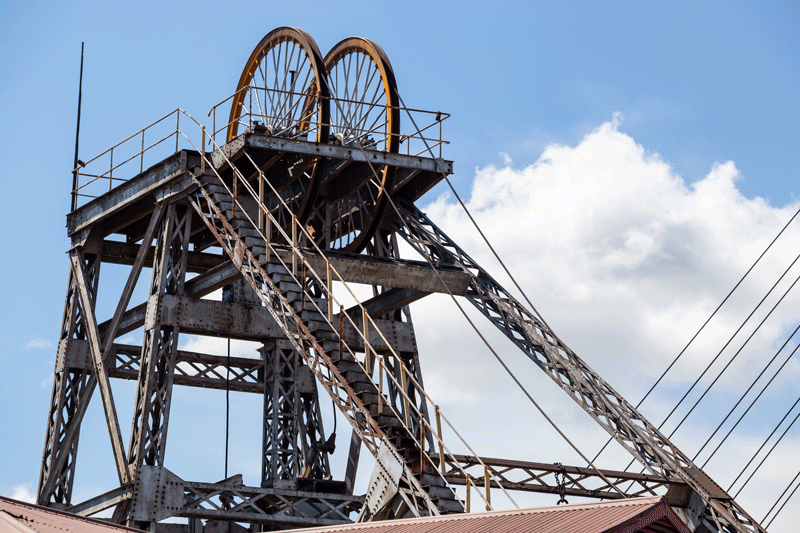
As NED and also a Consultant, no two days are really the same. A typical day might involve reviewing project data/PEA/PFS or a Bankable Feasibility Study (BFS) for potential participation/acquisitions, the terms for an agreement to achieve such, or the latest exploration results from one of the companies I am associated with, as well as assisting with the press release in terms of regulatory requirements. I might also be assisting to design a community engagement plan for a new area for exploration.
When possible, it’s great being either onsite looking at operations and their particular technical challenges and how they have been addressed, or in the field looking at what the geologists are excited about. This means that up until March 2020, I was travelling a reasonable amount. I am a geologist’s worst nightmare – a mining engineer who thinks they know something about geology! As such, I interact with a wide range of people from operations, technical, consultants, government bodies and, last but by no means the least, the communities within which our operations are based or hope to operate.
What are the most challenging aspects of your role?
From a personal/consulting point of view, I am not quite semi-retired (but getting close) and the pace of change in the industry is getting faster and keeping relevant is almost a full-time job. From a NED perspective, it has been a challenge from ‘being the boss’ to ‘not being the boss‘, and means certain adjustments to one’s approach are necessary to adapt to that role and curbing one’s enthusiasm to perhaps be more assertive/prescriptive in one’s views as to the appropriate course of action, requires a careful balance.
What is the biggest misconception about the sector you work in?
The mining industry has had bad press for a long time with legacy environmental, societal and other issues and, historically, perhaps deservedly. Even when at university, this was recognised within the industry and, yet 40-plus years later, it remains a significant topic. Mining is a primary industry and, if it isn’t grown, it is probably mined, and the contribution that the industry makes to society as a whole is greatly underestimated and poorly appreciated.
The recent public focus on CSR/ESG matters has to some extent enabled many mining companies to highlight their contribution to global society in a more forthright manner, much of what is now expected of the industry has been practised for a long time but just poorly communicated/ understood. The inevitable changes in terms of the requirements for the change in our economies in relation to climate change will put further significant pressure on the industry to ‘get its act right’, and woe betide those who do not subscribe to evolving new values and expectations and implement them meaningfully.
What is the best part about your job?
Continued involvement and interaction in the industry as it tackles the challenges of the 21st Century and helping to meet those challenges. The industry has needed to change for a long time. We have been too reluctant for various reasons to accept/adopt new technologies and recent advances, and the ongoing changes with respect to reduced reliance on fossil fuels and other climate issues have, by necessity, forced the pace of change to accelerate. The industry and its participants must keep learning and developing to meet those challenges – exciting times!
What has been the most memorable moment in your working life so far?
There have been many highlights during my career, starting at a junior level contributing to ongoing innovative projects within the industry and, as time progressed, taking a more senior role in developing initiatives and seeing them implemented, or the course of action recommended embarked on successfully. Midway through my career, I was involved in a small gold project in Scotland that was placed on care and maintenance after BreX and a subsequent decline in the gold price. A number of years later, I co-founded the junior company that acquired the project, which, by then, was included in Scotland’s first National Park – the Loch Lomond and Trossachs National Park. Subsequent to listing on ASX and later on AIM, we progressed the project and, after an initial refusal, gained planning permission in 2011 to establish Scotland’s first commercial gold mine in the park. Although I have recently left the company, the mine is now in the production ramp-up phase and producing gold.
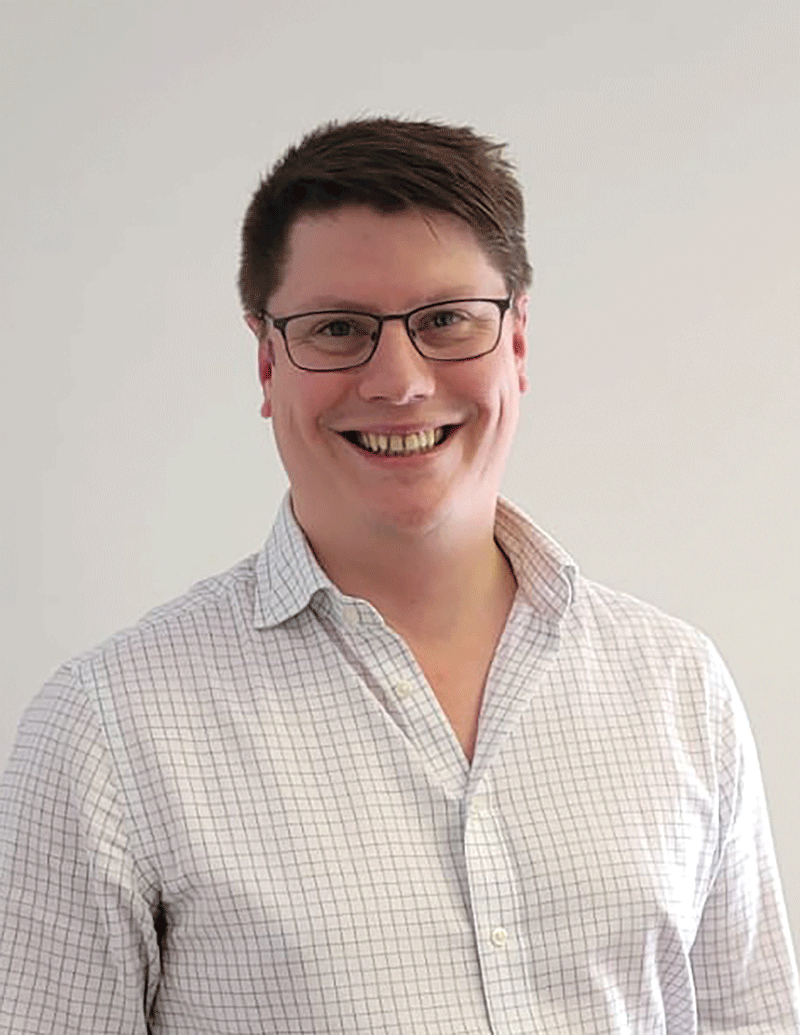
Richard Ogle MIMMM, Mine Manager – Barrow Mine, British Gypsum
How would you describe what you do to friends?
When I describe my role to friends, I play on the old adage, 'if it can't be grown it has to be mined'. I explain that, working for British Gypsum at Barrow Mine, the gypsum we mine makes up the majority of the raw material that goes into making plaster which is widely used in the construction industry here in the UK. I remind them that if their smooth walls have pink plaster then we mined it!
What are your key responsibilities in your role?
The key responsibilities of a Mine Manager on a daily basis are to ensure safe, legally compliant production, meeting the demands of the customer and within budget. Due to the challenges of mining, there is also significant future planning that is required with the help of the Geological and Mining Team (technical services) to make sure that the mine plan maximises the use of the reserve. Mining is also a highly skilled job, so making sure that we have competency and succession plans to develop and recruit our existing and future employees is becoming more and more important.
How did you get the job?
I landed in the mining industry quite by accident. While at the University of Exeter, UK, at the Cornwall Campus, I was given the opportunity to swap courses and complete a Mining Engineering Degree and become an Associate of Camborne School of Mines, and since then I've never looked back. I completed a student placement with British Gypsum, before ultimately starting my career with Glencore, formerly Xstrata, at Mount Isa Mines in the outback of Australia. Following an excellent graduate programme, the opportunity to return to the UK and British Gypsum came up – having worked for them before, I had no hesitation in taking it.
Describe a typical day
A typical working day is catching up with how the previous 24 hours of production and quality have been with the Mine Production Manager, before moving on to see how we are doing with our capital, development and improvement projects that we have on the go. We are, at the moment, waiting on the delivery of two lithium battery haulers – the first machines of their type in Europe – as we move towards reducing the amount of diesel engine exhaust emissions (DEEEs) that our workforce is exposed to, which will also help towards our target of net-zero by 2050. Other tasks that crop up are many and varied, and include engaging with the local community, recruitment and training to develop competency, identifying efficiency improvements, managing the mine budget, reviewing risk assessments, auditing operations, etc.
What are the most challenging aspects of your role?
One of the hardest aspects of mining gypsum is the variability in gypsum purity in the reserve we are mining. My team does an excellent job balancing where we mine and how to provide the factory with rock at the correct specification for making plaster.
What is the biggest misconception about the sector you work in?
I think the biggest misconception about mining, specifically in the UK, is that it is all about coal mining for the energy industry and less about the need for coal for steel manufacture and for carbon filtration. Mining has a reputation of being dirty and damaging to the environment. Mining is going to be vital in providing minerals to help support new technologies as we try to reduce our reliance on fossil fuels. Specifically, one of the challenges that the mining sector in the UK has, is that it is not visible and considered as a career. Most children in Australia are aware of how important mining is to their economy, whereas, using myself as an example, I had never even considered mining before fortunately going to university in Cornwall.
What is the best part about your job?
I think the best part of my role is that no two days are the same. On the one hand, you have the technical challenges posed by mining in an underground environment, with the addition of geological and other variables, to the challenges of making mining in the UK an attractive career opportunity.
What has been the most memorable moment in your working life so far?
During my student placement, I was told by a couple of people that it is easier to go from the operational side of mining to the technical side rather than the other way round. Whether this is true or not, I set myself the goal of becoming a Mine Manager and it was a memorable moment when I was offered this role.
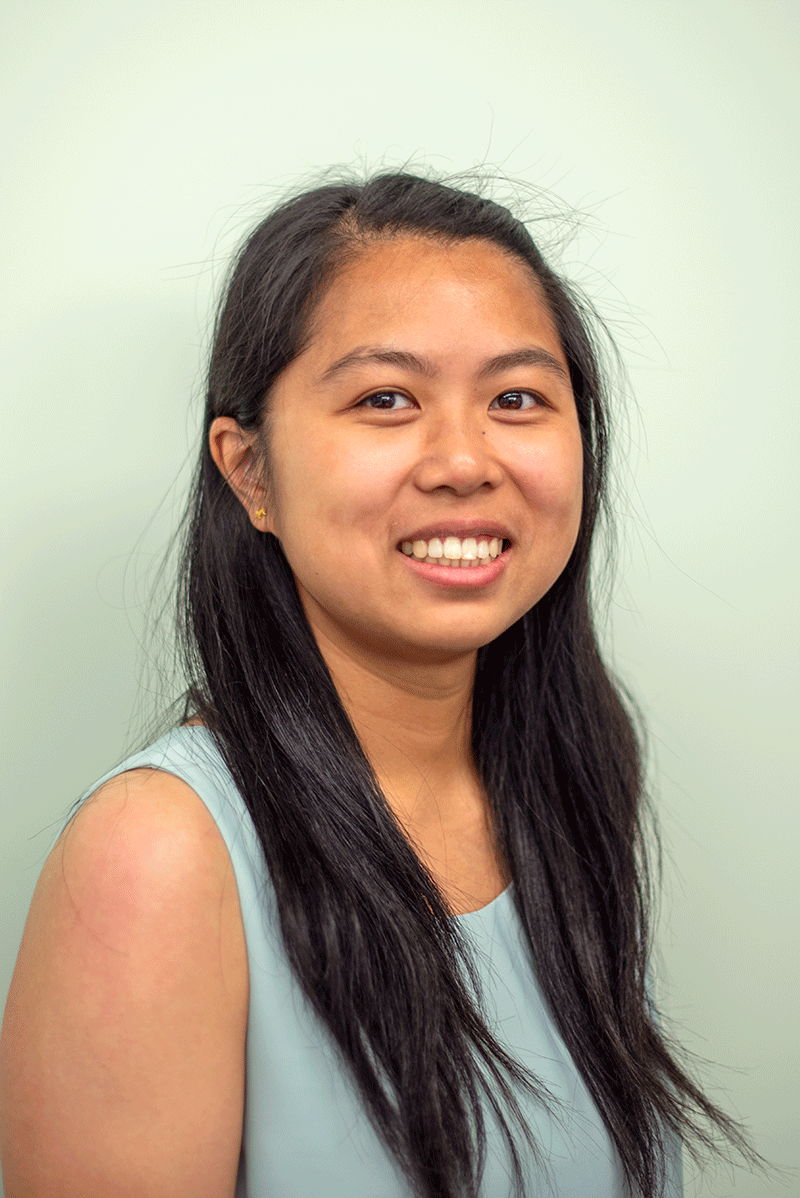
Chloe Lam AIMMM, Graduate Geotechnical Engineer, Knight Piésold
How would you describe what you do to friends?
When I tell my friends that I am a Geotechnical Engineer, I mostly explain what my current job entails, which at the moment is largely looking at tailings storage facilities. Most will ask for further explanation as they don’t know what tailings are, so I give examples such as designing enclosed dams for storing waste material produced from mining. I also like to include the fact that this is mostly done for the protection of the environment, and that a lot of the times these tailings are often vegetated to blend in with its surrounding area so that it can look natural.
What are your key responsibilities in your role?
My role is to support my team, as well as global mining companies, with mine waste management. This involves reviewing the tailings storage facilities by performing site visit inspections, computer modelling and reviewing monitoring data. Comments and recommendations are provided in a report, which identifies whether the tailings storage facilities are designed and maintained according to local and international guidelines, and how to mitigate any potential concerns.
How did you get the job?
I originally studied a BSc joint honours in Geography and Geology at Kingston University, UK, and then decided to study purely Geology. This led to the desire of wanting to enhance my knowledge and skills in engineering, and during this period, I was fortunately sponsored to undertake an MSc in Applied Geotechnics at Camborne School of Mines, UK.
After graduation, the first four years of my career primarily focused on early-stage UK-based gold projects, mainly in Wales and Northern Ireland. This experience enhanced my attention to health and safety, where I was able to volunteer as a Mine Rescuer in Northern Ireland. I later transitioned my career as an Exploration Geologist to geologically map for base metals in Serbia over three months. This allowed me to discover a different culture and experience their way of working and lifestyle.
Based on a friend's recommendation, I attended one of London’s Sundowner events to speak with representatives of Knight Piésold. From there, I was introduced to the tailings management industry and was offered a position as a Graduate Geotechnical Engineer. I have now cultivated my career with Knight Piésold for over two years.
Describe a typical day
I like to start my day with a cup of tea. Due to COVID-19 restrictions, I am able to work from home twice a week. However, I try to go into the office every day to get back to the norm. When I do go into the office, I mostly travel by public transport, or if I am up to it and feeling super energised, a good scenic cycle on my bike. I like to take my lunch breaks from 1pm, as I feel like it balances out my day. My work in general varies throughout the day with multiple tasks that need to be completed for different projects. My work could include the following:
Desk study:
- Researching background information for current and future projects.
- Researching and liaising with sub-consultants to receive quotations for specific services, such as site investigations and laboratory testing.
- Understanding project requirements and the different local and international guidelines.
- Computer modelling.
- Performing capacity assessments of as-built and/or designed tailings facilities.
- Performing options studies to provide feasible tailings facility designs that meet the client’s needs, in accordance with local and/or international guidelines.
- Performing stability assessments of as-built and/or tailings facility designs under various loading conditions, such as static, pseudo-static and post-earthquake to assess the Factor of Safety, in accordance with local and/or international guidelines.
- Performing dam-break assessments on assessed and identified potential breach locations of as-built and/or tailings facility designs, and establishing the dam classification in accordance with the Global Industry Standard Tailings Management (GISTM) guidelines.
Other things I do:
- Teamworking with colleagues by discussing and problem-solving for various projects, as well as learning techniques and mitigation options for future projects.
- Undertaking office administration work, such as organising required documentation in preparation for site visits and managing office supplies.
What are the most challenging aspects of your role?
I suppose every job has its own challenges. For me, solving problems, such as issues that I have not encountered before, can be challenging. I mostly find this due to the lack of experience, however, I do not view this as a negative, I see it as an opportunity to approach my colleagues to explore different solutions.
In my industry, there are many colleagues who have majored in different fields, i.e. we are a team of Civil Engineers, Geologists, Geotechnical Engineers, Hydrologist and Soil Mechanics, whom all use different terminology and/or abbreviations that may not be familiar to others or myself. This can sometimes be a challenge, as there is a lot of technical language that I am required to become familiar with, particularly as a Graduate who is still learning about the various disciplines of the industry I work in. However, once the terminology and/or abbreviation is explained/defined, I gain a new understanding of what people from different fields are trying to put across.
What is the biggest misconception about the sector you work in?
There is no denying the risks associated with improper management of tailings facilities. I think storing tailings is often perceived to not be a mining company’s priority and is possibly viewed as a task to consider at a later stage. However, more and more mining companies across the globe are spending more time and money in proper tailings storage design, disposal, monitoring and long-term management.
New advancements in disposal technologies have also contributed to alternative storage solutions, such as the use of a filtered tailings product, where the tailings are de-watered to allow for the construction of dry stack facilities that eliminate the risks associated with high volumes of water on a conventional, slurry-style, tailings storage facility.
Tailings management should be considered as soon as there is a conceptual plan to exploit an interested area. This is so that, should a tailings facility be designed, various factors, such as feasibility, consequences and mitigation can be considered to reduce the risk level.
What is the best part about your job?
A typical day at Knight Piésold varies and I appreciate that I am able to develop my engineering skills and continue my passion in geology. I enjoy discovering interesting projects worldwide, especially if there is an opportunity to undertake site visits to observe various mine site operations. I am very motivated in expanding my computer modelling knowledge and skills too and, in general, assist others, when possible.
What has been the most memorable moment in your working life so far?
The steps and obstacles that I had to take to be where I am today. I very much appreciate and value the experience and multi-disciplinarity of the mining industry. This has helped grow my understanding in the different fields and broaden my problem solving skills. I hope with my experience I will be able to support the future geologists and engineering generation.


